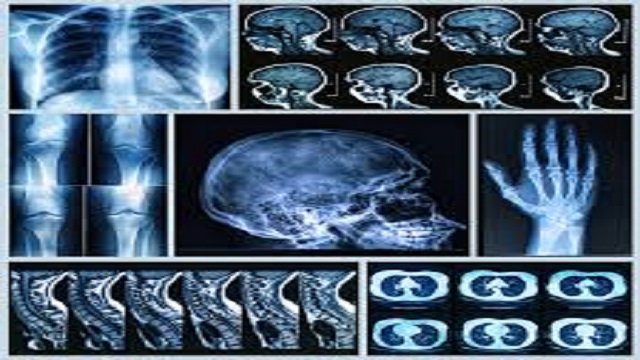New Machine Algorithm Can Detect Heart and Fracture Risks Through Routine Bone Scans
A new machine algorithm has been developed that can detect the risks of heart disease and fractures through routine bone scans. This breakthrough technology makes use of existing bone scans, which are typically performed to assess bone health, to also predict other health risks.
The algorithm works by analyzing the images from standard bone scans, such as a DEXA scan (Dual-Energy X-ray Absorptiometry), which doctors often use to check bone density. By examining these scans more closely, the new system can identify patterns that may indicate a higher risk of heart disease or fractures. This innovative method can help doctors identify potential health issues earlier, allowing for more timely intervention.
Researchers have designed the algorithm to recognize specific features in bone scans that are linked to cardiovascular and fracture risks. For example, weakened bones can often be associated with a higher risk of fractures, while certain bone characteristics can also be linked to cardiovascular problems, such as plaque buildup in arteries. By detecting these patterns, the algorithm helps doctors understand the patient’s overall health more comprehensively.
This new technology offers a major advantage because bone scans are already a common procedure, especially for older adults or those with bone-related concerns. Instead of needing additional tests, doctors can now gather more information from the same scan, saving time and resources. Patients can benefit from earlier detection of heart disease or fracture risks, leading to quicker treatment or lifestyle changes to reduce those risks.
Doctors and healthcare providers are excited about this development, as it could improve preventive care and help avoid serious health problems before they happen. This machine learning-based approach is just one example of how technology is making healthcare more efficient and accurate.
In conclusion, this new algorithm allows healthcare professionals to detect heart and fracture risks through routine bone scans. By using the same procedure, doctors can provide more comprehensive care, detect health risks early, and offer better treatment options. This technology is a promising step toward improving patient outcomes and reducing the burden of preventable health conditions.

